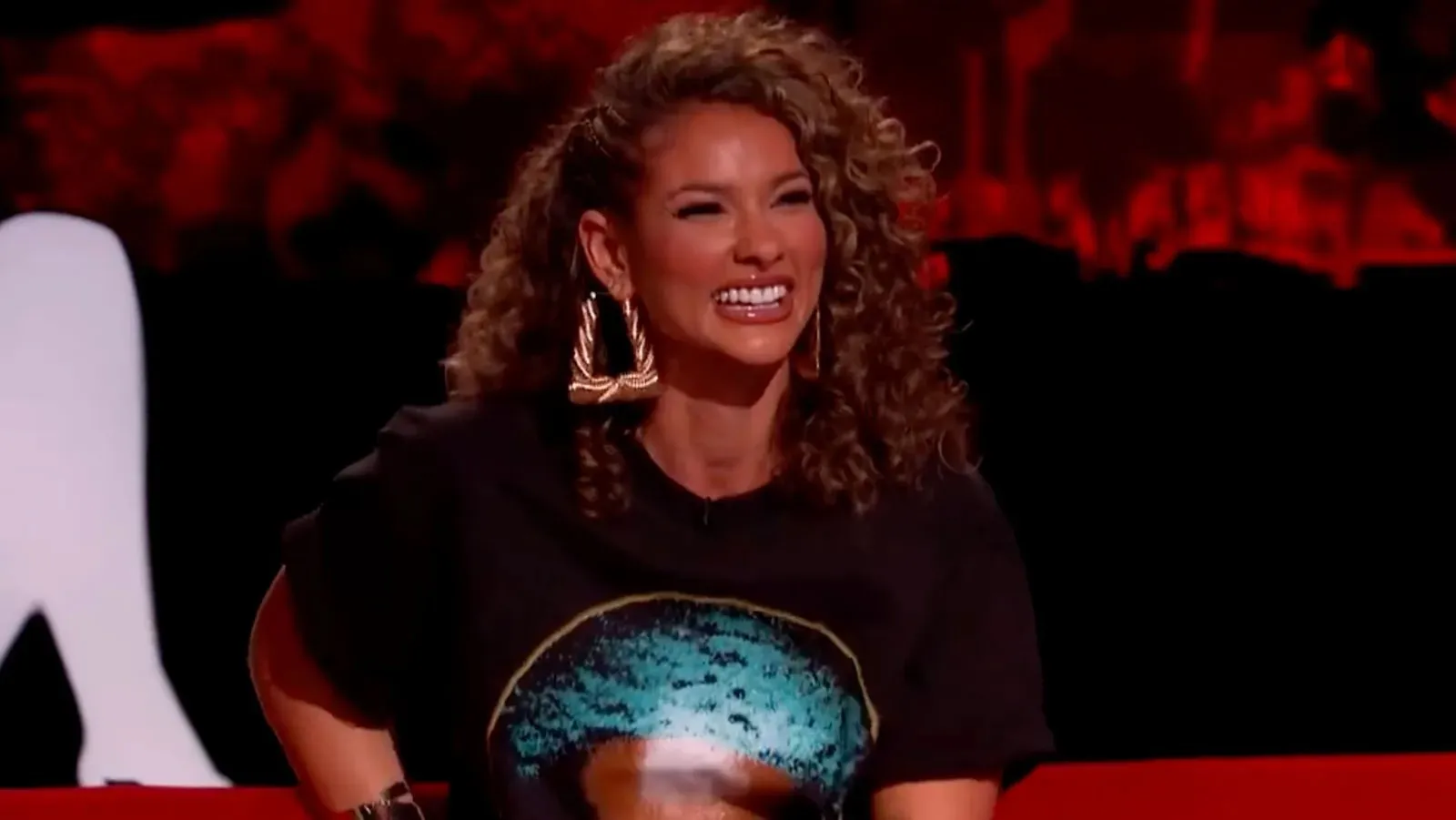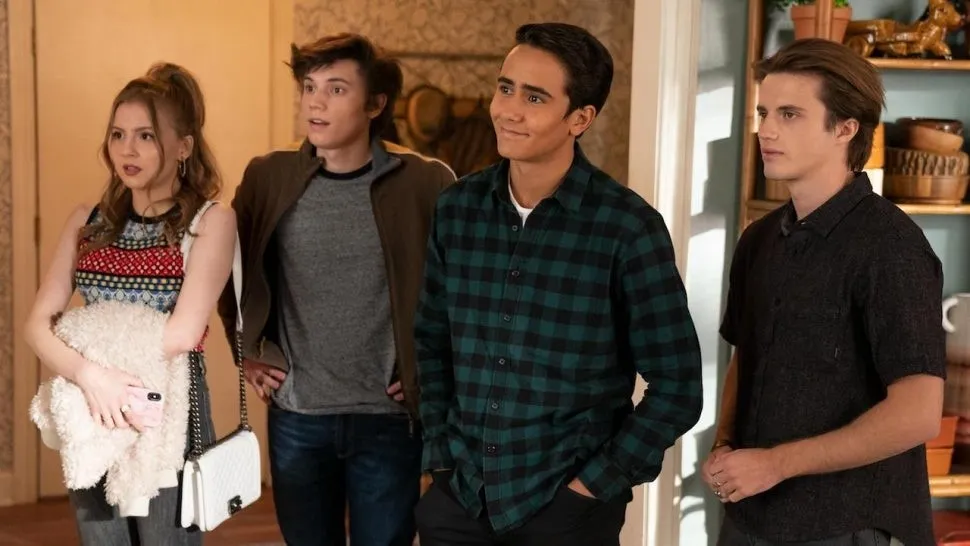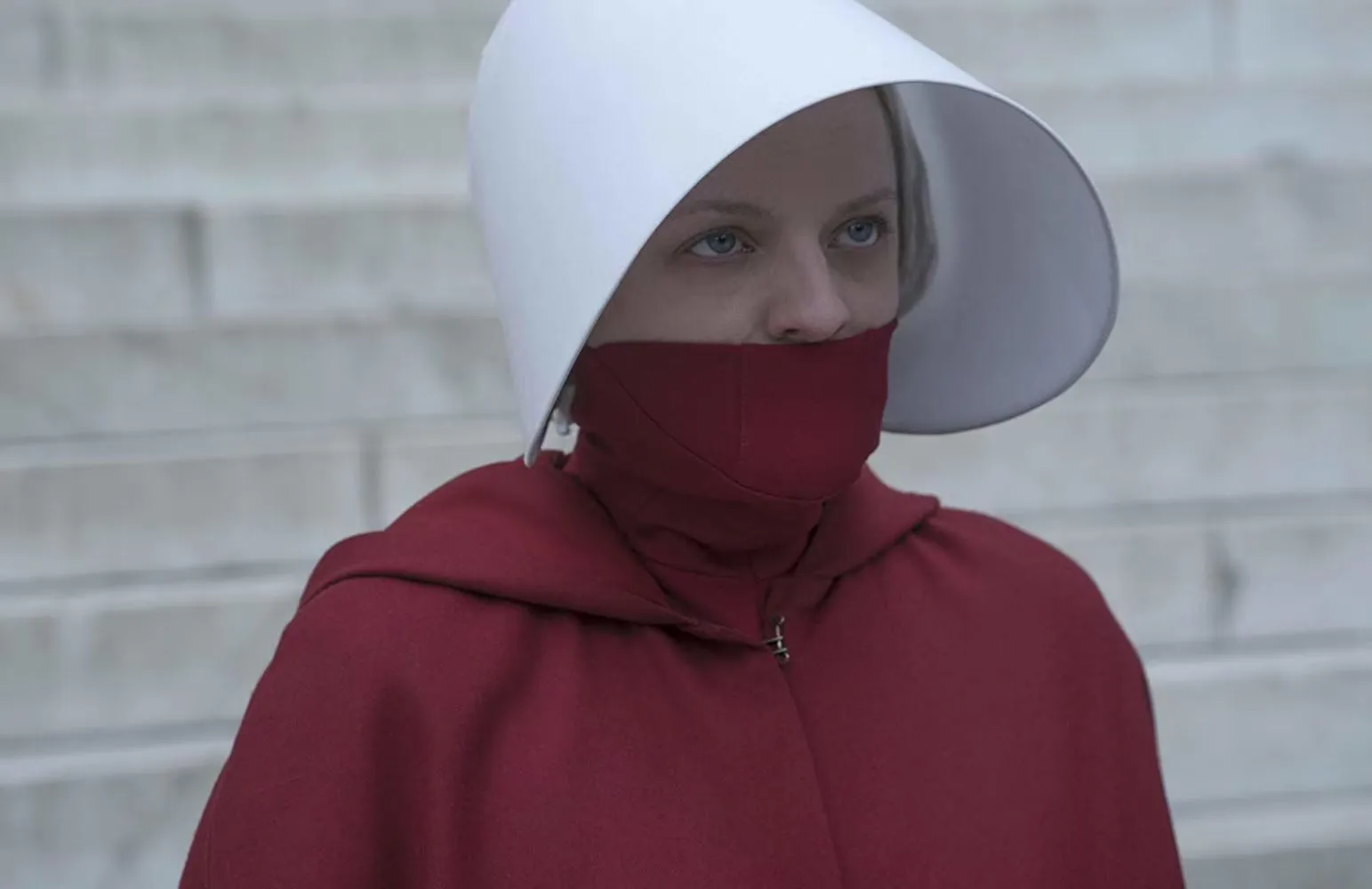HAPPY NEWS Emmerdale star reveals she’s pregnant with third child in emotional post
In a heartwarming announcement that delighted soap fans across the UK, actress Paula Lane – best known for her roles in both Emmerdale and Coronation Street – revealed that she is expecting her
The post read: “Some special news to share from us. Christmas just got a bit more magical. Our baby boy due December 2025.”
The announcement immediately sparked a wave of love and support from colleagues and fans alike. Fellow soap stars flooded her comments with congratulations, with

This isn’t the first time Paula has been at the center of attention in the soap world. Long before her recent stint in
After leaving Coronation Street, Paula pursued a variety of projects, both on screen and on stage, showcasing her versatility as an actress. Her return to the world of soaps came when she joined
When news broke that she would be leaving Emmerdale, Paula shared a heartfelt farewell message with fans on Valentine’s Day earlier this year. Speaking warmly to her followers, she said:
“Hey, all you lovely Emmerdale fans. Today is Valentine’s Day and I am actually about to go and finish shooting my final scene on Emmerdale as Ella. By the time you watch this, it’s going to be around April, I think. I just wanted to say I have had a lovely time here. I’ve met some wonderful people. And I will really, really cherish the experience.”

She went on to thank viewers for their continued support, hinting that although Ella’s story had come to an end, her own acting journey was far from over: “I hope you get to see me on some new dramas in the future. Or on stage. Or wherever life now takes me in my career. Honestly, everything is all positive. There’s no negatives to spin on this. She is a brilliant character and, you know, never say never. Who knows? Lots of love from me. Over and out.”
Despite stepping away from Emmerdale, Paula’s latest news proves that her real-life role as a mother is now taking center stage. Already a devoted parent to her two children with husband Tom Shaw, the couple will now be preparing to welcome their new baby boy just in time for Christmas – a magical gift that has made this year even more special.
Fans were quick to celebrate the announcement online. Many shared messages praising Paula not only as an actress but also as a role model for balancing her career with family life. Others expressed excitement at the thought of following her journey into motherhood once again, noting that she has often spoken candidly about how much her children inspire her both personally and professionally.
Her baby news also brought a sense of nostalgia for Coronation Street fans, many of whom admitted they still miss seeing Kylie Platt on their screens. For those who followed her dramatic exit from the soap nearly a decade ago, today’s announcement felt like a reminder of how much has changed since then – and how Paula continues to grow both on and off screen.
Meanwhile, Emmerdale fans reflected on her time as Ella Forster. Though the character’s story was short-lived, Paula’s portrayal left an impression, particularly in her final scenes, where the emotional complexity of the role shone through. Some even speculated that the door remains open for a possible return in the future, echoing Paula’s own words: “Never say never.”
For now, however, it’s clear that Paula’s focus is firmly on family. With the due date set for December 2025, she and her husband are preparing to embrace life as a family of five. The timing, coinciding with the festive season, makes the announcement feel even more magical – and fans are certain it will be a Christmas the family will never forget.
Paula’s story is one that continues to resonate with audiences: from her rise to fame in Coronation Street, to her bold move into Emmerdale, and now to her personal milestone as a mother of three. She embodies both resilience and warmth, qualities that have endeared her to viewers for more than a decade.
As she embarks on this next chapter, the entertainment world is celebrating not just her past achievements on television, but also the new beginnings that lie ahead. Whether or not she returns to the screen in the near future, one thing is certain: Paula Lane has already cemented her legacy as one of the most beloved actresses in British soap history.
And now, with her family expanding and a new adventure awaiting, fans are once again reminded that sometimes the most beautiful stories aren’t the ones written in scripts – but the ones unfolding in real life.
News World Business Tech Healthy Tips She walked into the premiere and turned Hollywood on its head. What did Madonna do in 1985 that made everyone stop and stare?

In 1985, the red carpet premiere of Desperately Seeking Susan became more than just a movie debut—it turned into a cultural flashpoint. At the center of it all was Madonna, who, by then, was already a rising star in the music world thanks to hits like Holiday and Like a Virgin. Yet on that night, as she walked into the theater with cameras flashing and fans screaming, it became clear that she wasn’t simply a pop singer on the rise. She was redefining what it meant to be a celebrity in the 1980s.

Madonna’s arrival was electric. She didn’t just wear clothes—she wore an attitude. Her look was a perfectly curated yet seemingly effortless mix of punk rebellion, glam sensibility, and downtown New York grit. Layers of lace, fitted leather jackets, oversized bows, crucifix necklaces, bangles stacked up her arms, and those now-iconic fingerless gloves became more than accessories—they were symbols of a new kind of self-expression. She exuded a “take me as I am” confidence that clashed with Hollywood’s polished elegance, and that clash became her magic. Critics may have debated the tastefulness of her style, but no one could deny its impact.
For many young women watching from afar, Madonna’s fashion choices were revolutionary. They weren’t about perfection—they were about personality. She gave permission to mix high and low fashion, to make thrift-store finds as powerful as designer pieces, and to use clothing as a form of rebellion. Teenagers across America and beyond imitated her layered necklaces, tousled hair, and bold makeup, launching what came to be known as the “Madonna wannabe” phenomenon. For the first time, a red carpet wasn’t only about Hollywood glamour—it was about street style meeting stardom.

The premiere also marked Madonna’s transition into film. Desperately Seeking Susan wasn’t her first time on camera, but it was her first major role that captured her personality so vividly. She played Susan, a free-spirited drifter who embodied the same mix of mystery, charisma, and defiance that Madonna herself projected in real life. The line between character and performer blurred, making the film feel like an extension of Madonna’s own myth-making.
The movie was a surprise hit, resonating with audiences who saw in Susan—and by extension, Madonna—an alternative to the ordinary. It was about women searching for identity, freedom, and excitement outside traditional expectations. Madonna’s performance wasn’t just acting; it was a continuation of her ongoing statement: that women could be unapologetically bold, messy, stylish, and in charge of their own destiny.

But perhaps the most important thing about that 1985 moment was the cultural message it carried. Madonna wasn’t simply stepping into Hollywood; she was reshaping it. Up until then, pop stars who crossed into film often struggled to be taken seriously. Madonna, however, used her musical fame as a launchpad, and her film debut as proof that she was a multi-platform force. She was showing the world that the boundaries between music, fashion, and film could be torn down—and she was the one to tear them.
The press quickly caught on. Headlines weren’t just about the movie’s plot or reviews—they were about Madonna’s presence, her clothes, her impact. For some, she was scandalous, a challenge to traditional ideas of femininity and celebrity. For others, she was thrillingly fresh, a burst of authenticity in an industry built on polished illusions. Either way, she was impossible to ignore.

Her timing could not have been more perfect. The 1980s were a decade hungry for reinvention and rebellion. MTV had transformed how music and image intersected, giving rise to stars who weren’t just heard but seen. Fashion was louder, bolder, more experimental, and Madonna was the embodiment of that shift. She wasn’t just riding the wave of pop culture—she was shaping it.
Looking back, the premiere of Desperately Seeking Susan wasn’t just another stop on Madonna’s rise—it was a turning point. It showed that she was not content to be confined to one lane. Music was only the beginning. She wanted film, fashion, influence, and above all, control over her narrative. And she got it. Over the decades, Madonna would continue to reinvent herself—sometimes controversially, always unapologetically—but that 1985 night crystallized the blueprint.

The cultural ripples from that moment are still felt today. Contemporary artists like Lady Gaga, Rihanna, and even Billie Eilish owe part of their artistic freedom to the path Madonna carved. The mix of music, fashion, and visual storytelling that is now standard in pop culture was, in many ways, pioneered by her ability to command attention across mediums.
When we revisit photos of Madonna on that red carpet—the layered lace, the messy curls, the knowing smirk—it’s not just nostalgia. It’s a reminder of how one woman stepped into a premiere and shifted the direction of pop culture. She showed that being a star wasn’t about fitting in—it was about standing out, about creating a persona so magnetic that the world had no choice but to watch.

In the end, the 1985 Desperately Seeking Susan premiere was more than just an introduction to Madonna the actress. It was the announcement of Madonna the icon. From that night forward, she wasn’t simply performing for audiences—she was leading them, daring them to see fame, fashion, and femininity in entirely new ways.
Madonna didn’t just walk the red carpet. She claimed it, rewrote its rules, and transformed it into a stage where self-expression mattered more than tradition. And in doing so, she didn’t just define the 1980s—she defined what it meant to be an icon for generations to come.








